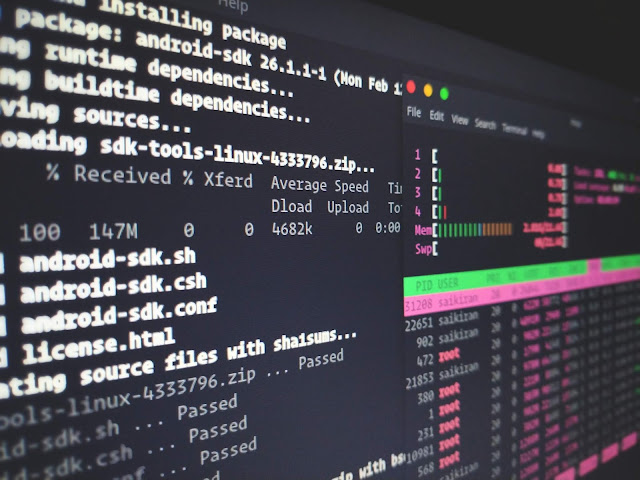
Effectively, what this will do is announce your VMs presence on the local network to the host machine (your development laptop, for instance) so that you don’t have to constantly edit your local /etc/hosts file to point made-up local domains to your VM’s IP address. We also want to set up some zero-configuration networking, especially if you are hosting your VMs in OSX. This is because udev things that your network card is new every time you boot up the machine, and it renames it in an effort to be nice.ĭisable iptables by using 'service iptables stop' and 'service ip6table stop' and make sure they stay stopped with 'chkconfig iptables off' and 'chkconfig ip6tables off'. You'll see things like "udev: renamed network interface eth1 to eth2" in dmesg. Because our VM instances aren't running bare-metal hardware, these rules will occasionally cause your network interfaces to rename themselves.
VAGRANT CENTOS MAC
There's no need to change this, but make note of the Mac Address settings - VirtualBox will let you generate a new random Mac Address, which is good to know if you are running multiple VM instances simultaneously and you have mysterious problems with some of them not finding their network interfaces.ĭelete this file: /etc/udev/rules.d/les. Click the "Adapter 2" button, and choose "Host-only adapter" and set the name to "vboxnet0". Leave this alone, since the defaults should be fine for most use cases. Adapter 1 will ALWAYS need to be set to NAT. Within the VirtualBox GUI, edit the VM settings, and click on the Network tab. Most of the time, the issue will be that you're missing some kernel source files or additional devel packages, and that log file will help you track down what's missing. If things seem to go wrong with installing the Guest Additions, you can check /var/log/vboxadd-install.log for details. Mount -o loop,ro VBoxGuestAdditions_4.3.8.iso /media/VBoxGuestAdditions
VAGRANT CENTOS INSTALL
So even if you plan to keep your VM to a minimum state, you DO want to install Guest Additions. These are the tools within the OS that let it know that it's a VM, and to behave within your host environment (such as your local development laptop). This is a commonly skipped step, but you're going to want these installed. Next, we'll need to install the Guest Additions. While you're in there, you may want to add your public keys as well. After creating the user, add the vagrant user public key, found at to the vagrant user's. We won't use them now, but we will use this later once we're done the 'vagrant ssh' automatically assumes the vagrant user.
VAGRANT CENTOS ZIP
Yum install -y openssh-server vim nano wget gcc bzip2 zip unzip make linux-headers-generic build-essentials dkmsĬreate a vagrant user. You'll be logged in as root, so no need to use sudo for the following commands. Everything you install here will exist in the VMs that we instantiate later. Inside the VM, install only the essentials. You can lower the video memory if you plan to only use your final VM box via SSH rather than with VirtualBox. Spend some time going through the options and disable things you know you won't need, like USB ports and audio. You'll name it (like "centos-65-32"), set the OS and version. The first few steps will involve creating a VirtualBox VM. The nice thing about VM boxes is that if you screw it up, you can just throw it away and start over.
VAGRANT CENTOS FREE
Feel free to substitute, deviate, or experiment as I walk through the various steps. In this blog post, I will be creating a VirtualBox VM with a fresh install of Centos 6.5. Loads of free space on your local machine (watch out, SSD users) Install VirtualBox or VMware Fusion (your preference)

VAGRANT CENTOS ISO
iso file of your desired OS/distribution/version However, There are some things that you'll want to do to make your life is easier and you are able to reuse a new VM quickly.Īn.

There are many guides to creating a Vagrant box already (I’ve listed some below), and lots of different techniques, so there's no need to try to create yet another HOWTO guide. You're debugging an install/uninstall process, and you need a pristine copy of a custom environment. To support an old legacy system, yeed an "old" environment that no one will have built a prepackaged box before. You need a bare-bones VM with nothing on it to test new servers (can't have Apache or Nginx because something else will be the web server). You need very a specific versions (distro and version of linux, experimental versions of PHP or Ruby, etc). There's a few reasons why that would be the case: Practically every current version and flavor of Linux or Windows is available from places like However, the occasional need arises when a pre-built box won't suffice.

For most Vagrant users, using pre-built VMs will do the trick.


 0 kommentar(er)
0 kommentar(er)
